1. You Need to Water Every Day
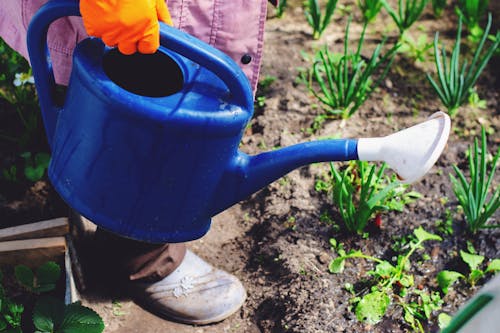
Many homeowners believe grass needs water every single day to stay green. In reality, frequent shallow watering encourages weak, shallow roots that dry out quickly. Grass actually thrives with deeper, less frequent watering, usually once or twice a week. This helps the roots grow stronger and more resilient.
Overwatering isn’t just wasteful—it can also lead to fungal diseases, soggy soil, and higher water bills. Most lawns only need about an inch of water per week, including rainfall. If you’re watering more than that, you’re likely pouring money down the drain. It’s better to water deeply and let the lawn rest in between.
2. Cutting Grass Short Saves Time

The “scalping” approach seems logical—cut it short now, mow less often later. But mowing grass too short stresses it out, leaving the soil exposed to weeds and pests. Grass blades are like solar panels; they need enough surface area to capture sunlight. Cutting too much at once weakens the plant and slows recovery.
A healthier strategy is to follow the one-third rule: never remove more than one-third of the blade in a single mow. This keeps the grass thick and strong. A taller lawn also shades the soil, conserving moisture and preventing weeds from sprouting. So, mowing higher might actually save you time in the long run.
3. Fertilizer Fixes Everything
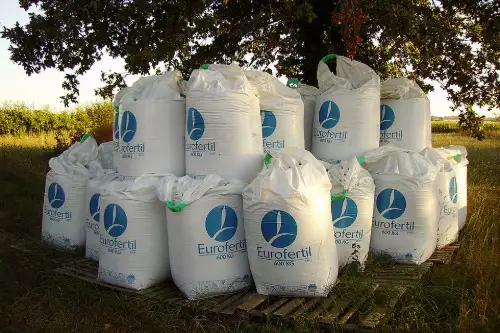
Some people treat fertilizer like a miracle cure for any lawn issue. But fertilizer can’t fix compacted soil, shade problems, or poor watering habits. It’s only one piece of the puzzle, and using too much can burn grass and harm the environment. Excess fertilizer often washes away before plants even use it.
A better approach is to identify the root problem first—like poor drainage or heavy foot traffic. Fertilizer is most effective when paired with aeration, proper watering, and smart mowing. Healthy soil biology often matters more than dumping extra nutrients. Fertilizer helps, but it’s not a cure-all.
4. Spring Is the Best Time to Seed

It feels natural to spread seed when everything else in the yard is greening up. But in many regions, spring seeding struggles because young grass competes with aggressive summer weeds. Heat and drought can wipe out seedlings before they’ve established strong roots. That means wasted time, money, and seed.
Fall is usually the better window, especially for cool-season grasses. The soil is still warm, but weeds are less competitive and rain is more reliable. New grass has two full seasons—fall and spring—before summer stress sets in. Planting at the wrong time can mean you’re reseeding again next year.
5. Grass Clippings Cause Thatch
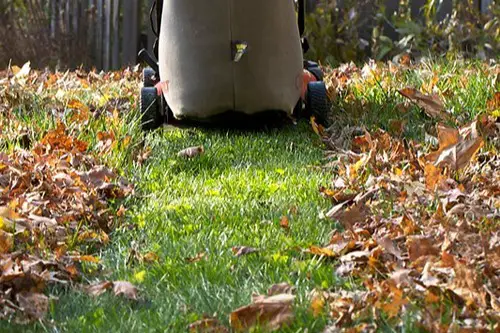
It’s a common worry: leaving clippings behind will build up thatch. But clippings decompose quickly, recycling valuable nutrients back into the soil. Thatch usually comes from compacted soil, excessive fertilization, or heavy pesticide use—not from clippings. Bagging them actually removes organic matter your lawn needs.
Letting clippings mulch into the lawn reduces the need for extra fertilizer. It also saves you time and effort hauling bags to the curb. Unless your grass was diseased or overgrown, there’s little reason to bag it. Those clippings are basically free plant food.
6. All Lawns Need the Same Care
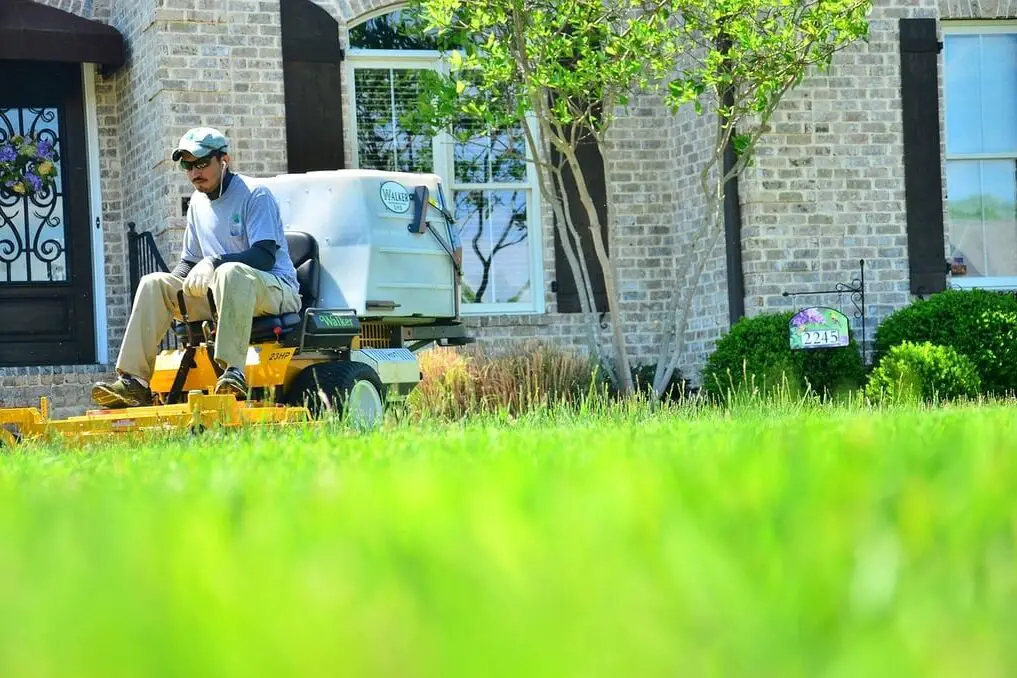
Many people assume there’s a universal recipe for lawn success. But different grass types have very different needs depending on climate, soil, and sun exposure. Warm-season grasses like Bermuda have opposite growing patterns from cool-season grasses like fescue. Applying the wrong care at the wrong time can backfire.
The key is to know what type of grass you have and what it naturally prefers. For instance, overseeding in summer may work in the South but is a waste up North. Likewise, watering schedules differ drastically depending on soil type. Treating every lawn the same just drains your wallet.
7. More Water Means Greener Grass
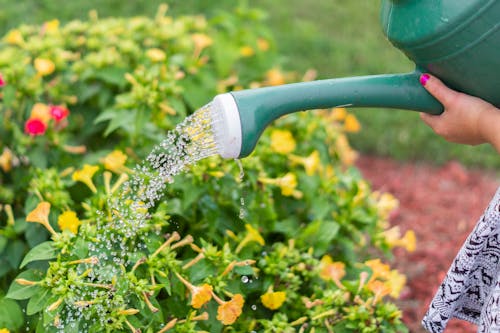
It’s tempting to think “more is better” when it comes to watering. But drowning your lawn can suffocate roots and encourage disease. Overwatered grass often looks yellow and patchy, the opposite of what you’d expect. Meanwhile, you’re paying higher water bills without getting results.
Healthy lawns need consistency, not excess. Deep watering once or twice a week teaches roots to grow down into the soil. Light, constant watering does the opposite, making grass fragile. Sometimes, less is more when it comes to water.
8. Aeration Is Only for Golf Courses
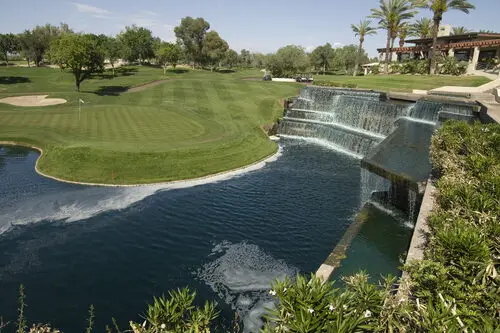
Aeration sounds fancy, like something only professionals do for putting greens. But even home lawns benefit when compacted soil is opened up. Aerating lets water, oxygen, and nutrients reach the roots more easily. Without it, grass can suffocate under hard, packed ground.
Most lawns with foot traffic, kids, or pets eventually get compacted. A yearly or bi-yearly aeration can make fertilizer and water work twice as effectively. It’s one of the simplest ways to revive tired grass. Ignoring it just means wasting money on treatments that can’t reach the soil.
9. Pesticides Are Always Necessary
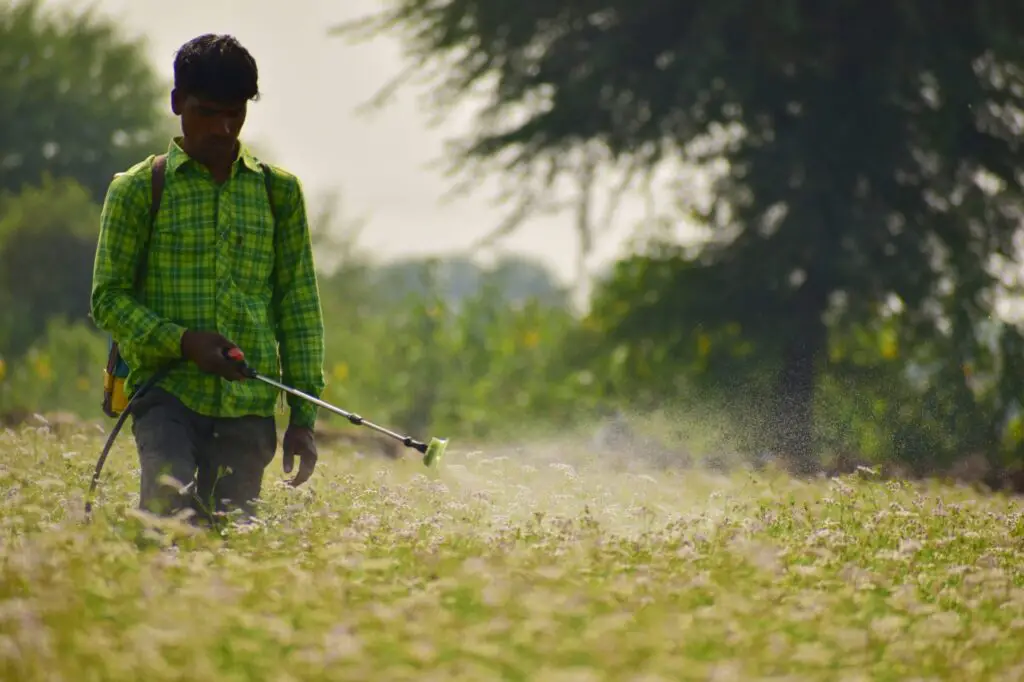
Some homeowners believe pests are inevitable and spray as a precaution. But pesticides aren’t always needed, and overuse can hurt beneficial insects that naturally keep pests in check. Most lawns can tolerate some grubs or bugs without showing damage. Blanket spraying is often just an unnecessary expense.
Integrated pest management—spot treating only where needed—is more effective and safer. Encouraging a healthy lawn ecosystem often reduces pests naturally. Spraying chemicals without a real problem wastes money and risks long-term soil health. Sometimes, less intervention is smarter.
10. Brown Grass Means Dead Grass
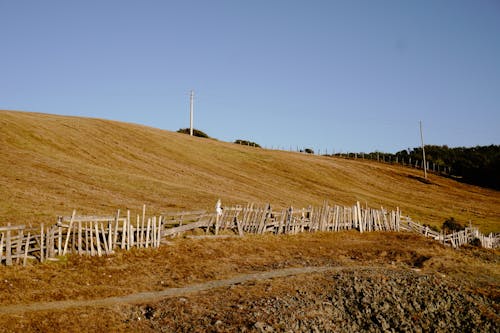
When grass turns brown in summer heat, many people assume it’s toast. But most grasses go dormant to survive stress and bounce back with rain or cooler weather. Dormancy is a natural defense, not a death sentence. Pouring on fertilizer or water won’t necessarily wake it up.
Instead, patience often pays off. Dormant lawns need less fuss, just enough water to prevent total die-off. Once conditions improve, most grasses green up on their own. Panicking too soon leads to wasted effort and money.
11. Lime Solves All Soil Problems
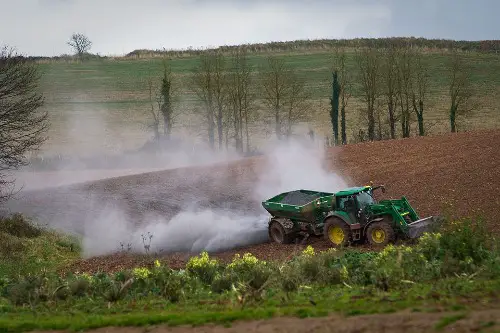
Adding lime is often treated as a cure-all for lawn troubles. While lime can balance acidic soils, not every lawn needs it. Applying it blindly can throw off soil chemistry and make nutrients less available. A soil test is the only way to know if lime is necessary.
Skipping that test means you might be fixing a problem that doesn’t exist. Sometimes lawns actually need sulfur to lower pH, not lime to raise it. Guessing wrong costs money and doesn’t help your grass. Soil health is more about precision than tradition.
12. Weeds Are Always a Sign of Neglect
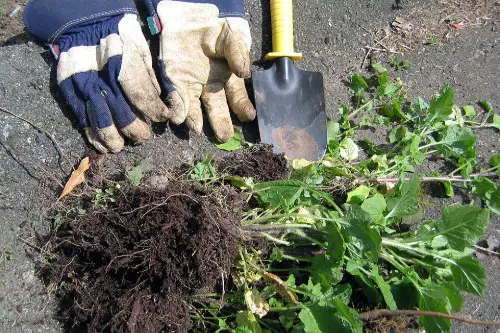
People often think weeds mean a lawn is poorly cared for. But weeds actually point to specific problems like compacted soil, thin turf, or nutrient imbalance. Dandelions, for example, thrive in low-calcium soil. Crabgrass shows up where grass is mowed too short.
Instead of just killing weeds, it’s smarter to read them as clues. Addressing the underlying issue often reduces weed growth naturally. Healthy, dense grass is the best weed control there is. Simply spraying herbicides without fixing the cause is a cycle of wasted money.
13. Organic Lawns Don’t Need Maintenance
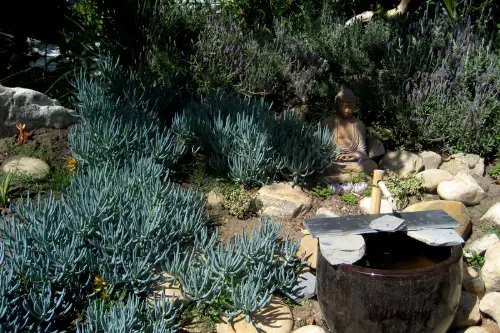
Some folks assume going organic means less effort. While organic methods avoid chemicals, they still require regular care and attention. Compost, aeration, and overseeding all take planning and consistency. Ignoring maintenance leads to the same problems as conventional lawns.
The difference is that organic methods build long-term soil health instead of quick fixes. They often take longer to show results, but the payoff is more sustainable. Skipping the work because it’s “natural” is a misconception. Organic lawns are healthier, but they’re not effortless.
14. Professional Lawn Care Is Always Better
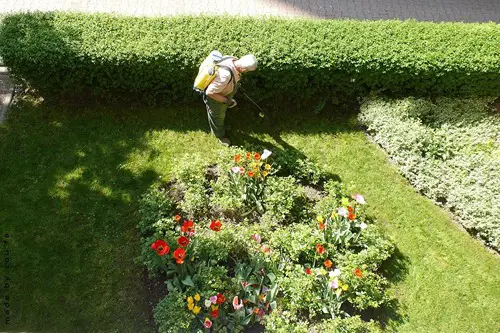
It’s easy to think professionals always have the upper hand. But many companies rely on one-size-fits-all programs that may not suit your yard. Sometimes they over-apply treatments because that’s what the contract calls for, not because your lawn needs it. That means you’re paying for unnecessary services.
Doing your own research and tailoring care to your lawn often works just as well, if not better. A soil test, smart mowing, and proper watering can outperform expensive packages. Professionals can help in tricky cases, but they’re not magic. Trusting blindly can waste more money than it saves.
This post 14 Lawn Care Myths That Waste More Money Than Fertilizer Ever Saved was first published on Greenhouse Black.
